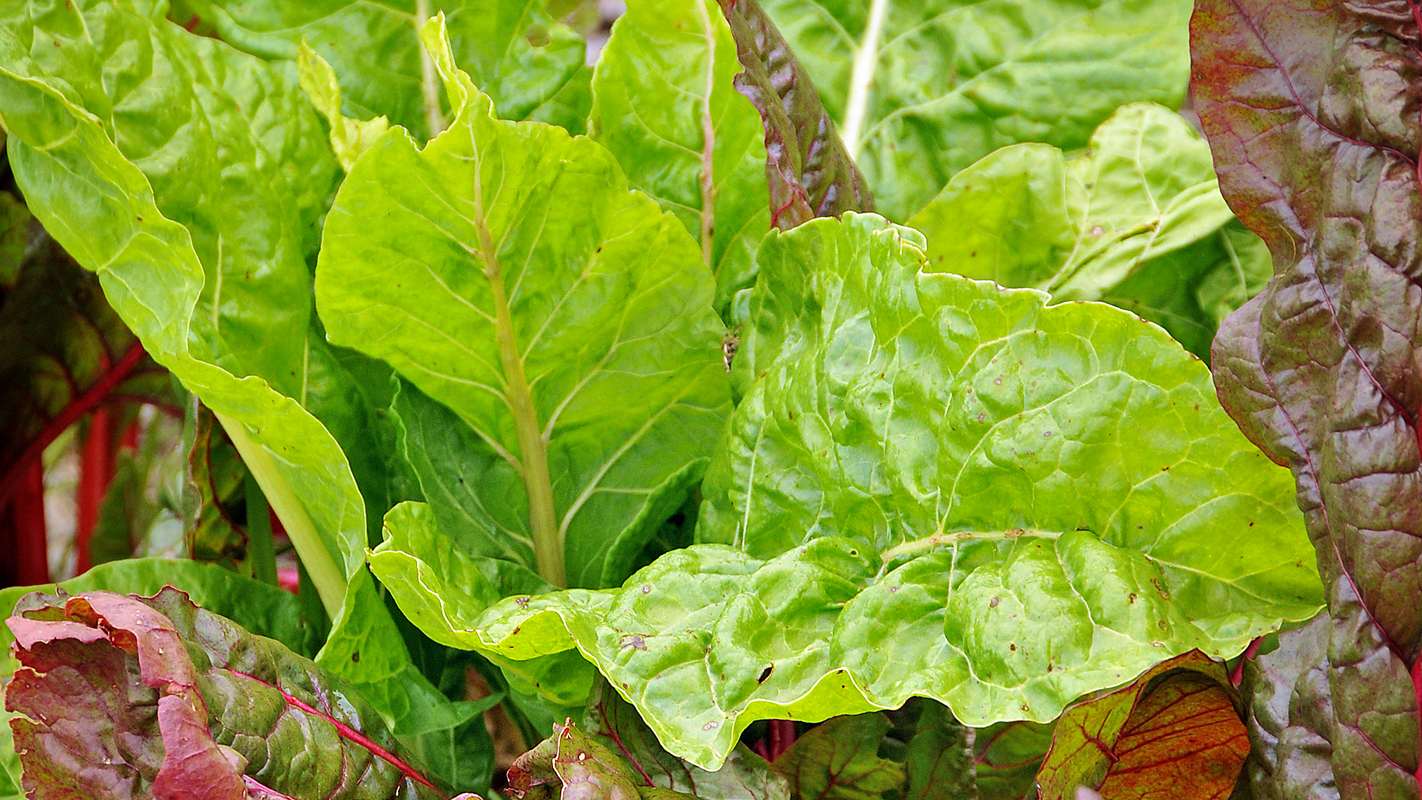Editor’s note: This is a guest post by Ellen Thomas, a Ph.D candidate in NC State’s Department of Food Bioprocessing and Nutrition Sciences. This post also appears on the food safety blog barfblog.com.
In 2006, an E. coli O157:H7 outbreak associated with bagged spinach resulted in 205 illnesses and three deaths. Investigators cited many factors, including feral swine, which resulted in contamination of spinach in the field. It is also suspected that temperature abuse of the spinach (meaning that the spinach wasn’t kept cold enough) during transportation and storage also allowed the E. coli to reproduce, boosting the population of bacteria on the spinach. Numerous additional studies have shown that temperature abuse of cut leafy greens can result in growth of pathogens such as E. coli O157:H7.
One of the great parts about working in the field of food safety and extension is that you often get a chance to help protect public health by answering questions about current policies for different groups. Two years ago, the North Carolina Department of Public Instruction (DPI) voiced concerns that their current systems for serving salads as part of school lunch programs might not be holding produce at cold enough temperatures, as recommended by the FDA Food Code (5°C or below). DPI approached our group to request help in addressing this issue.
The North Carolina school Hazard Analysis and Critical Control Points HACCP program defines two methods for the storage and serving of salads. The first system is “time in lieu of temperature” (TILT), which sets a time limit on how long food can be held on the serving line; any food remaining after that time must be discarded. The second system is the three-day rule, in which a salad may be displayed for up to three days and must be discarded by the end of day three.
In 2012, I visited 24 schools across North Carolina in order to determine the temperatures at which salads were actually being stored and served. I did this by placing a data logger in a “test salad” that was held with other salads and held in the same conditions (it was labeled to prevent accidental sale). The data logger recorded temperature every five minutes for the entire time that the salad was put on the serving line. This allowed me to determine how long temperatures might have exceeded 5°C.
I found that the majority of the serving systems were out of compliance- most salads were reaching temperatures above 5°C for long periods of time. After observing this trend, we made the recommendation to DPI that schools should adopt the TILT system to replace the three day rule in order to reduce the risk of foodborne illness through temperature abuse – and they did.
A paper on the research, “Tracing Temperature Patterns of Cut Leafy Greens during Service in North Carolina School Food Service,” is published in the September issue of the Journal of Food Protection.



